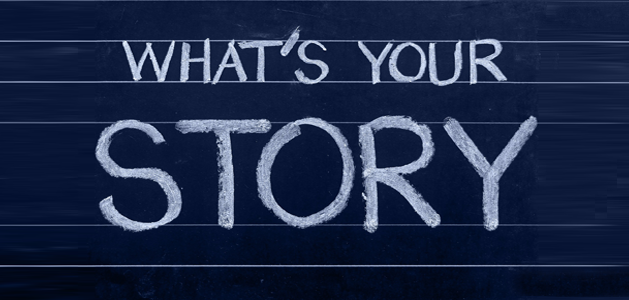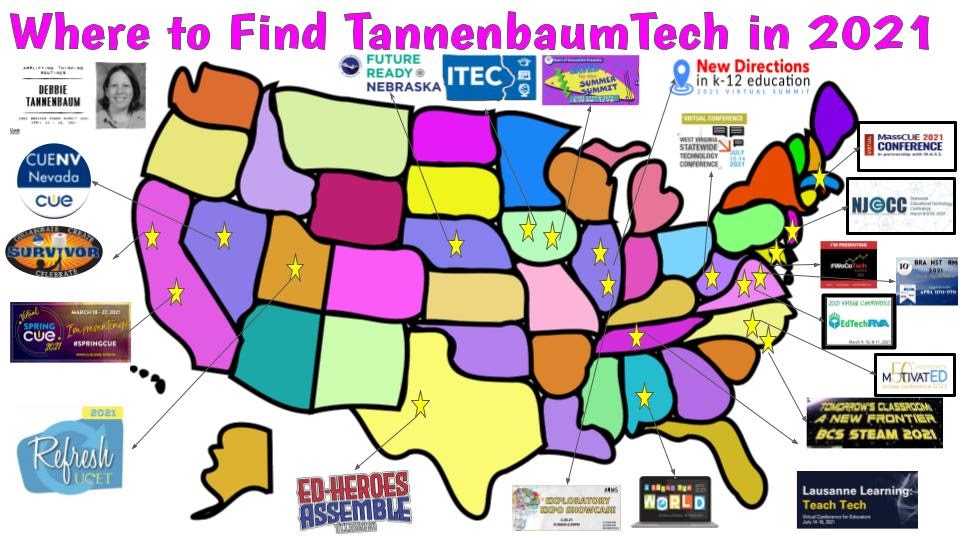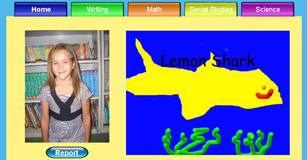Why Your Story Matters
The personal benefits of telling your story and two ideas to get you started sharing yours

In my book TRANSFORM: Techy Notes to Make Learning Sticky, I write about the impact of offering my voice and sharing my story. What does offering your voice have to do with a book on educational technology? I can understand if you are asking this question, but TRANSFORM is not a book about technology tools. It is a book about how using technology can transform learning for both you and your students.
In our schools, we focus on student achievement so we can prepare our students to be productive, responsible, and ready for the future that greets them. While we can plan and implement lessons that give students experiences that lead them to these ideals, we must also model the behaviors students can emulate for future success. Not only does this demonstrate a growth mindset for our students, it provides us with an opportunity to grow and develop as educators.
What kind of behaviors do we need to model for our students? If we want our students to be risk takers, we need to be risk takers ourselves. If we want our students to create and synthesize information, we need to be creators of content and not just consumers. Here are two steps you can take to become the change you want to see in your students.
Opening The Door with Blogging
I started my blog, Techy Notes, in February 2019, when I was told I had a unique story to tell. It was not one with unicorns and rainbows, but one filled with ups and downs. It was a story that demonstrated the impact that technology and connection could have on an educator and her students.
Writing my blog has been one of the best things I have ever done. As a teacher, the reflective process of writing a blog allowed me to continue to grow and evolve. Like John Dewey said, “We don’t learn from experience, we learn from reflecting on experience.”
Blogging has allowed me to process and share my story in small, manageable steps. In the two plus years I have been writing, my confidence has grown, and the process has allowed me to share my authentic self. It helped me realize my voice mattered and that by sharing my voice, not only did I grow, but my reflections also resonated with others and helped them grow too!
Not sure if you have anything to share? I guarantee that you also have a valuable story to share. Blogging helped me share my heart. As an educator, share what is in your heart and watch the amazing ripples your reflections and sharing will set into action.
Presenting at Conferences
In 2020, I decided to take sharing my voice to the next level and began sending in proposals to present at conferences. Much like blogging, fear set in at first. What did I have to share that someone else was not already sharing? Blogging for the year previous about what mattered to me helped me see what I had to contribute.
Why should you present at conferences? Much like blogging, all of us have something to share- our story, our successes and even lessons learned from our failures. As educators, we need to regularly practice pushing past the fear and go ahead and put ourselves out there. Of course you can (and I did), receive a “no” from a proposal, but if you get accepted? Imagine the possibilities!
Restrictions and social distancing in place during COVID19 gave educators the unique opportunity to present virtually and over the past year and a half, I have presented at 25 virtual conferences. With four children ages fifteen and up, this allowed me to travel and participate in conferences that would have been impossible otherwise. I keep a map of the “places” I present, which provides a great visual reminder of how far I have pushed past my fears.

But besides just taking risks, presenting at conferences offers many benefits. Most conferences offer presenters free or reduced conference rates. Sometimes, someone will post a comment or respond to a tweet about your writing, but blogging tends to be a one-way process. Presenting allows you to not only share your passions, but also interact and connect with other passionate educators.
I have met so many amazing educators during my presentations. This building of my professional learning network, or PLN as it is called in educational circles, has been pivotal in my growth. Through my PLN, I have connected with amazing educators and thought leaders who have broadened my perspectives. I have found new opportunities that would not have been possible without these connections. Even writing and publishing my book published were opportunities revealed through these connections.
Getting Started with Sharing Your Story
You are probably thinking that this sounds nice, but how do you start? Begin with a brain dump. Open a document, or go old school with a piece of paper, and write down what fills you up with excitement as an educator. You could also start with a list of favorite classroom activities and projects and then add more ideas and details as they come to mind. The hardest step in a new journey is the first one.
Next, consider how you want to share your story. I started with blogging. If you want to go that route, start with a guest blog post so you do not have to create the entire site on your own. Many sites, like Teach Better Blog, Rachelle Dene Poth, and Matthew X Joseph offer guest blogging opportunities.
Blogging is just one way to start. You can also look at your news or social media feeds and take a step past simply finding inspiration for your own classroom to commenting or sharing an idea or experience from your own. Consider participating in a Twitter chat to flex your creator muscles as you respond and interact with others online. You can check out Chapter 5 in my book for specific ideas, or explore one of the 44 educational Twitter chats curated by ISTE. You are amazing, so find a place to start so you can share that amazing with others.
If you are ready to start with presenting. Look at your brain dump and flush out 1 or 2 sessions from your passions list. Open up a new document where presentation drafts can live. Read your ideas and add titles and brief descriptions to begin transforming ideas into sessions. Add your bio to the document to save time, and stress, down the road.
Searching for upcoming conferences in your state or district. EdSurge keeps a great list by date. Look through your Twitter feed for upcoming conferences or talk to your colleagues. Choose 1 or 2 and send in that Request for Proposal. Take this step to start and be prepared for what comes next.
Your students learn from you every day — amplify your impact and model lifelong learning and content creation for your students by taking the next step and sharing your story. Your story matters and we all can and need to learn from you. Reach beyond your expectations, level up, and watch the ripples that you create.














